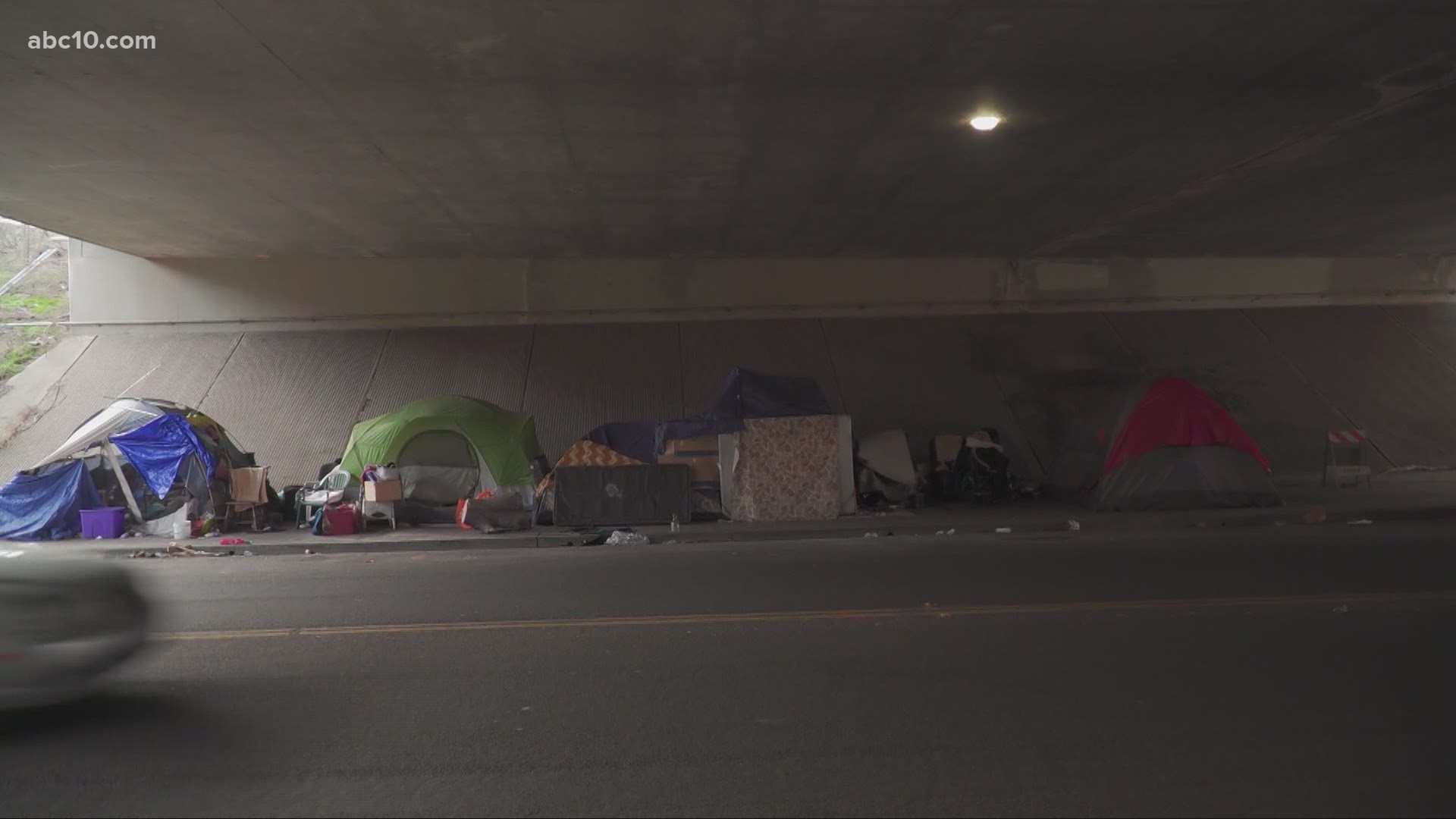SACRAMENTO, Calif. — The City of Sacramento announced Tuesday plans to open a third warming center location at Capitol City Seventh-Day Adventist Church on Lemon Hill Avenue just East of Stockton Boulevard. City leaders say they’re doing what they can but homeless advocates like Anthony Prince, a lead organizer with the California Homeless Union, say it’s not enough.
“Our reaction is it’s a band-aid,” explained Prince.
Prince said he’s grateful to Capitol City Seventh-Day Adventist church, but also that he’s concerned about the limited capacity of the warming center and their ability to keep everyone safe from COVID-19.
“Our concern here is that first of all, is that they will permit only 35 people to be in the shelter, that they are going to offer only 15 parking spaces for those homeless that are living in their vehicles, and that no one can simply access the shelter. They have to be referred to the shelter by a navigator,” explained Prince.
He also doesn’t think it is nearly enough.
“These band-aid approaches are not going to do it,” said Prince "Our concern is that the city hides behind these measures, these microscopic measures in order to conceal the broader truth."
What is that truth according to Prince?
“Thousands and thousands of homeless, and by our estimates by 700 children, homeless children in the city of Sacramento are unsheltered and at risk.”
Prince said those in power can do something right now.
“The problem here is that the mayor has the authority, the city has the authority, the county has the authority under the health and safety code of the state of California. And as recently as last week, when Governor Newsom said it’s time to commandeer these hotels,” explained Prince.
He said it’s time for the city to use its hotel rooms.
“How many rooms are sitting vacant at the Sheraton Grand hotel? And the majority of these hotels? Sitting empty while they’re going to try and crowd people into shelters and force people to be in circumstances they don’t need to be in, that, in our view, are not truly compliant with measures necessary to protect against COVID,” said Prince.
He also said there are many other properties the city could use if it had the will.
“What’s available is city-owned, city-managed properties. Government buildings. Tax delinquent properties owned by the city and the county. All kinds of public spaces that would be more appropriate and offer more protection not just from COVID but from other sources of harm such as storms that the city is not even talking about,” said Prince.
Prince believes it was the deadly storms that swept through the areas on January 26 that finally got city leaders to think differently.
“It seems to be, the city is somehow recognizing that hypothermia and deaths from exposure to cold temperatures can take place well above freezing.”
WATCH NEXT: California Homeless | Seniors on the streets: More older people in Sacramento are on the brink (Feb 5, 2020)
California's Homeless Crisis: Seniors in Sacramento are increasingly becoming homeless. Could the rise be a symptom of a larger cultural problem?



















